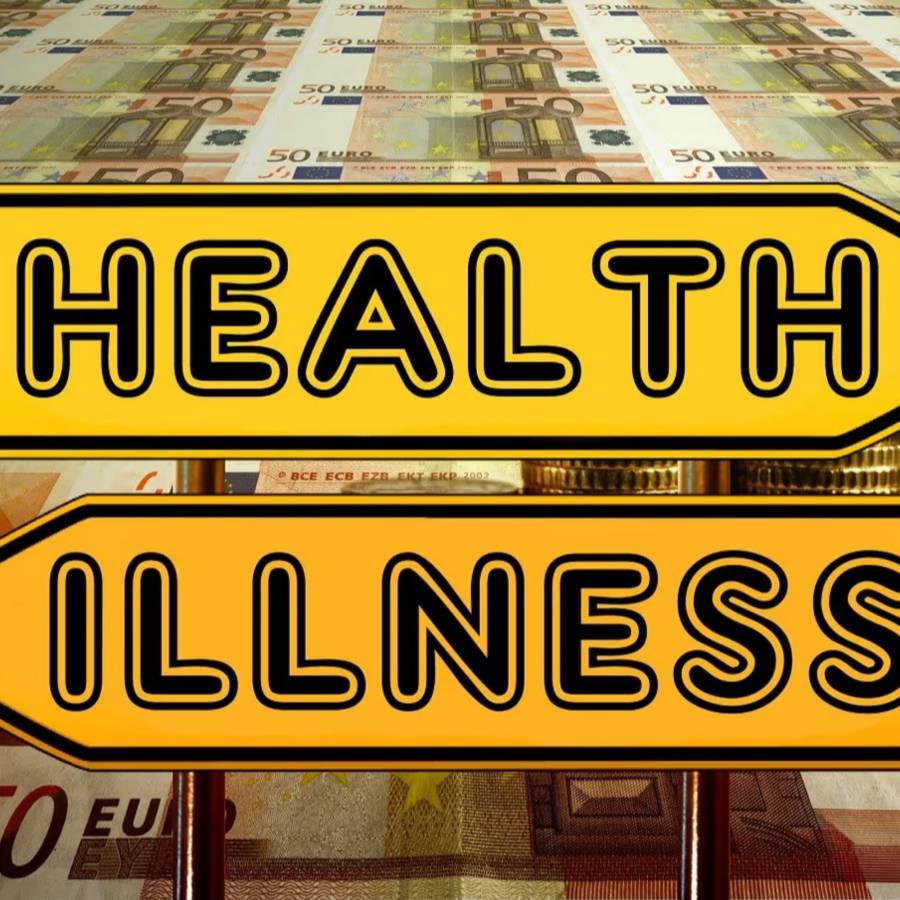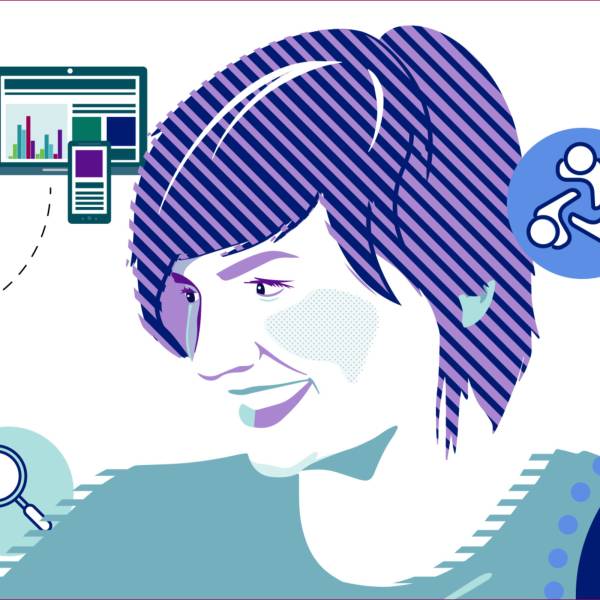Health inequalities have now become evident in our everyday lives. We can see it between countries, nationally and regionally.
Most alarmingly, whilst life expectancy in Britain has increased over the past decade, the difference in life expectancy between the most and least deprived areas has equally matched the trend. According to the Office of National Statistics, between 2018 and 2020, females living in the most deprived areas lived on average 7.9 years less than those in the most affluent areas whilst the life expectancy gap for males was at a staggering 9.7 years.
What Are Health Inequalities?
According to the WHO, health inequalities are ‘systematic differences in the health status of different population groups’. Other sources might add that these are avoidable and unfair differences. These differences can be explained by a mix of interconnected factors such as :
- living + working conditions
- psychological factors
- education levels
- geography (deprivation level of the region).
It is easier to understand the direct effects on the health of lower income which restricts our ability to choose healthy foods and to afford good housing. More complex are the psycho-social factors, also linked to income that drive health inequalities.
What Are Psycho-Social Factors?
Psycho-social factors designate the psychological effects of social surroundings on an individual’s health. It looks at the feelings created by social inequality (ie. stress) and then at how these feelings physically affect the body.
How Does Stress Impact Our Health?
Stress triggers the amygdala (a region of our brain) to send a ‘distress’ signal to our hypothalamus (another region of our brain). This signal activates our ‘fight or flight response’. This enables us to respond to danger.
The fight or flight response starts by activating the adreno-medullary circuit. This is where the hypothalamus releases a hormone which tells the adrenal glands (located above the kidneys) to secrete adrenaline.
Adrenaline helps us to stay alert and focused by :
- increasing blood pressure
- enabling the release of sugar into the bloodstream
- increasing the amount of oxygen flowing to the brain
When the danger lasts a long time, the second part of the fight or flight response is activated.
This is the HPA (hypothalamic-pituitary-adrenal) axis. This time the hypothalamus sends a signal to the pituitary glands (another region of our complicated brain) which then releases a different hormone (ACTH). This hormone tells the adrenal glands to now produce cortisol.
Cortisol has similar effects to adrenaline and helps keep you alert.
Normally, the fight-or-flight response doesn’t last long. Unfortunately, the stress and frustration generated by a low socio-economic position (ie. low income or social exclusion) can become chronic. This means that the effects of cortisol are prolonged. Blood pressure and sugar levels remain high, accelerating the onset of illnesses such as diabetes and heart disease.
The cumulative effects of chronic (prolonged) stress on the body create a ‘wear and tear’ effect on the body, called the allostatic load. This tends to be higher in those with lower income or class which is why it is referred to as the physical embodiment of social inequalities.
Thus health inequalities have become an insidious problem and the key solution is to reduce social inequalities. How to do that is another question that should concern the whole of society.
This article was written by Edina D.






